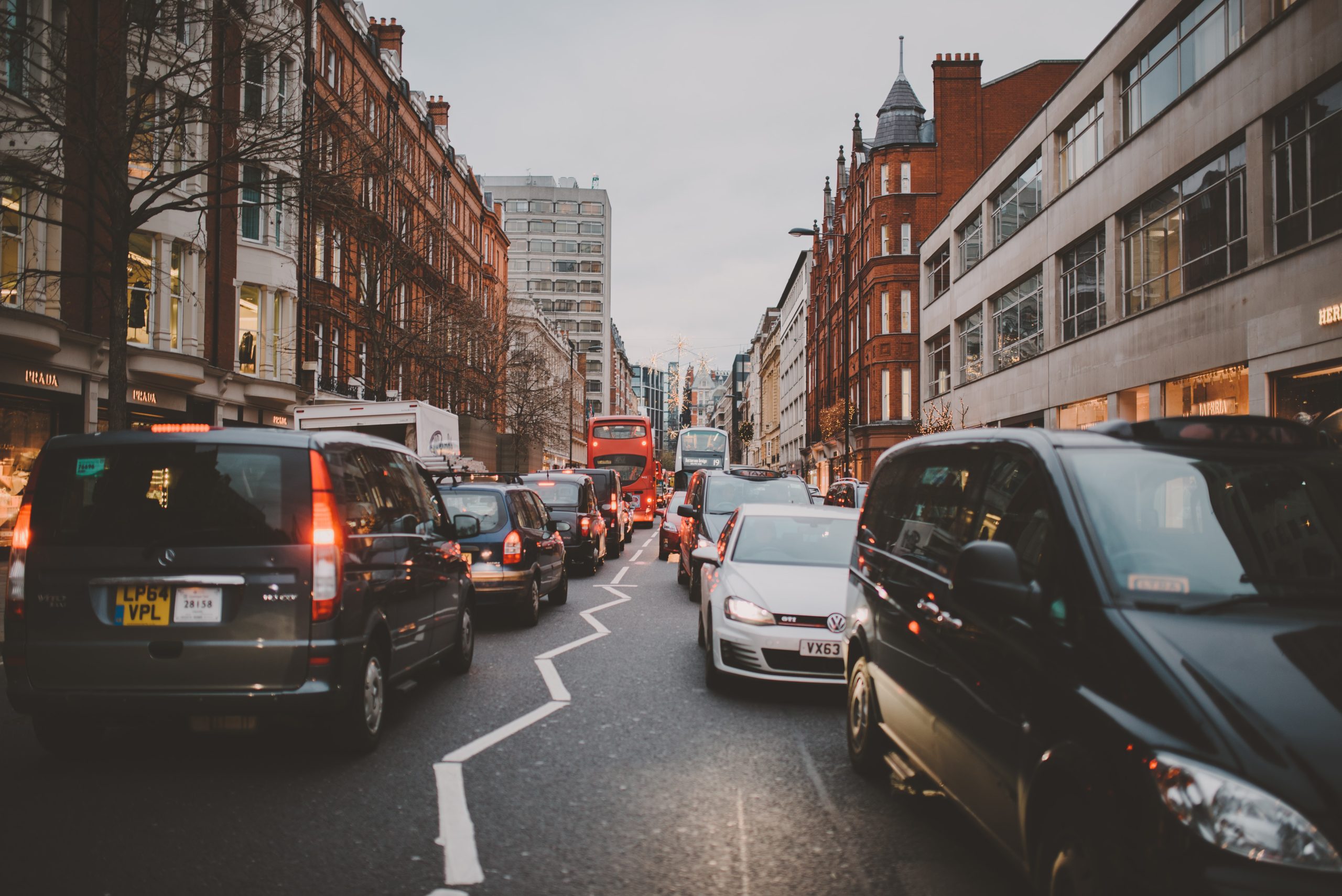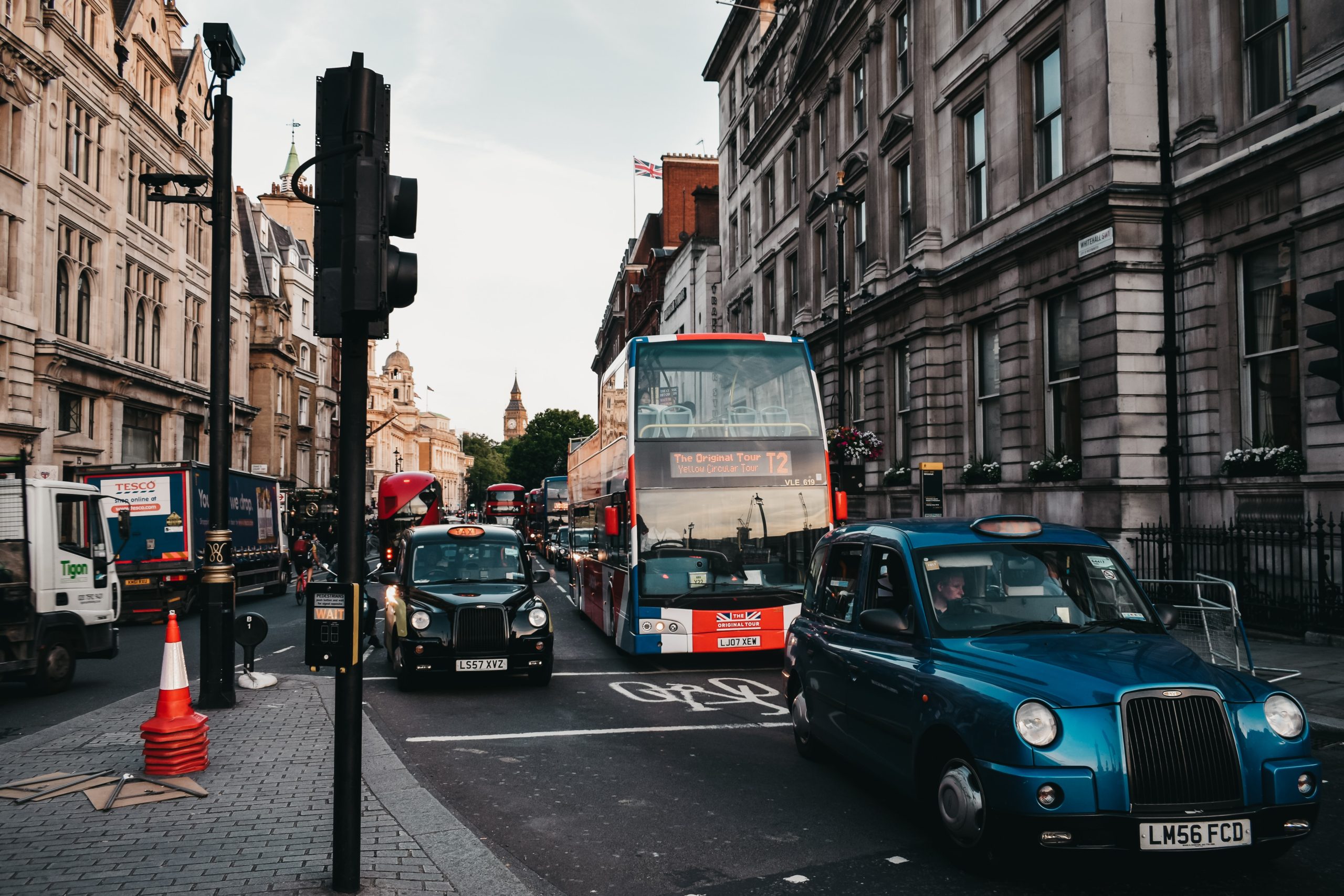Global Traffic Scorecard: London is still the world’s most congested city

The Global Traffic Scorecard shows that in 2022, London was still the most congested city in the world – for the second year in a row.
Billboard
Skyscrapper
Halfpage
The Global Traffic Scorecard by INRIX shows that in 2022, London was still the most congested city in the world. For the second year in a row, the five most congested streets and the highest average waiting time can be found in the British capital. Read more about the Traffic Scorecard.
The Global Traffic Scorecard by INRIX
Traffic information supplier INRIX publishes an annual Global Traffic Scorecard, which includes a global congestion ranking. It covers 1,000 cities across 50 countries. These were the world’s most congested cities in 2022 according to the report:
- London: 156 hours lost to traffic
- Chicago: 155 hours lost to traffic
- Paris: 138 hours lost to traffic
- Boston: 134 hours lost to traffic
- New York City: 117 hours lost to traffic
Other very congested cities include Bogotá in Colombia; Toronto in Canada; Miami in the US; Palermo in Italy; and Monterrey in Mexico. INRIX has used big data and analytics on mobility, traffic, traffic signals, parking, and population movements to create reliable data.
This is often the first challenge in tackling congestion: A lack of data. With the Global Traffic Scorecard, INRIX hopes to help city planners and engineers to make data-based decisions for transport planning. The private software company, based in the US, is focused on providing support for public spending to maximise benefits and reduce costs. With the 2022 findings, the company intends to provide a quantifiable benchmark for governments and cities around the world. This will help to measure progress in urban mobility and track the impact of expenditures on smart city initiatives.
Data sources and methodology for the Global Traffic Scorecard
At www.inrix.com/scorecard, the company provides the full 2022 Global Traffic Scorecard report for free. It includes rankings for the UK, the US, and Germany. Data and information for more than 1,000 cities are available, as is the complete methodology.
INRIX uses anonymous data from diverse datasets, which lead to robust, accurate insights. The Global Traffic Scorecard is informed by the congested or uncongested status of every segment of road for every minute of the day. Millions of drivers around the world rely on INRIX-based traffic services and, often unknowingly, contribute to this collection of big data. Datasets from phones, trucks, and cities also contribute to the Scorecard.
The methodology started out three years ago by identifying commute areas within cities. This enabled the INRIX team to capture each city’s unique mobility profile. By now, data such as travel times, trip characteristics, and the impact of incidents on congestion are available. This multifaceted approach allows a holistic understanding of the complex landscape of traffic congestion.

London’s questionable reputation
Despite many initiatives and efforts, London remains the most congested city in the world. In 2022, researchers have found that more time was lost to traffic jams than before the pandemic. According to them, drivers spent an average of 156 hours waiting in London traffic during 2022. This is 5 percent more than before the pandemic.
The report also shows that the UK’s five most congested roads of 2022 were in London. The most severely congested street was the A219 that leads from Fulham to Morden. This key route out of the British capital makes drivers lose an average of 47 hours. Part of the reason for this was the closure of London’s Hammersmith Bridge to motorised vehicles. London has schemes such as a congestion charge in city centre, which aim to control traffic levels and pollution. However, according to the Global Traffic Scorecard, there is still a lot left to be done.
Other British cities such as Bristol, Manchester, Birmingham, and Belfast also showed high levels of road congestion. On average, drivers in the UK lost 80 hours due to traffic congestion in 2022, a 7-hour increase on 2021, but down 35 hours from 2019. At the same time, the annual cost of fuelling a vehicle in the UK rose by more than 100 GBP and more than 200 GBP in London.
Managing congestion post-pandemic
The report’s author Bob Pishue said: “”It is great to see civic and commercial life returning to normal, but unfortunately, we’re seeing congestion inching closer to, if not exceeding, pre-pandemic levels. We must manage congestion while improving mobility and accessibility in cities to avoid it hurting economic recovery and impacting the quality of life of commuters and residents.”
After the COVID pandemic, many cities have seen relaxations in rules in 2022. According to the Global Traffic Scorecard, this has resulted in greater traffic increases and congestion in cities around the world. Here, the picture looks differently: London only saw a 5 percent increase of traffic congestion compared to pre-pandemic levels. Chicago has experienced a 49 percent increase and Boston a 72 percent increase. In New York City, traffic congestion has increased by 15 percent.
Cities all over the world are considering changes such as car-free city centres. The question remains whether experiments and lessons from the pandemic will continue to have an impact on their motivation to curb traffic. The Global Traffic Scorecard provides an important reminder that there is much work to do.












